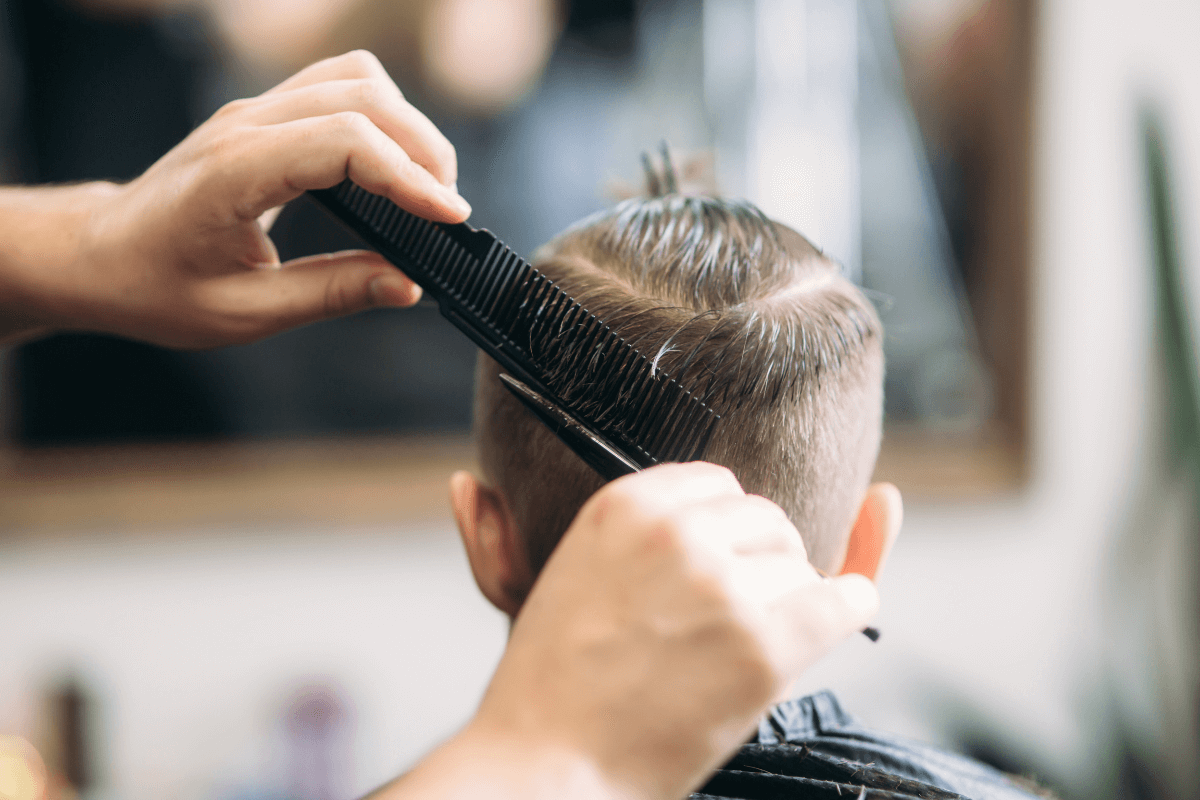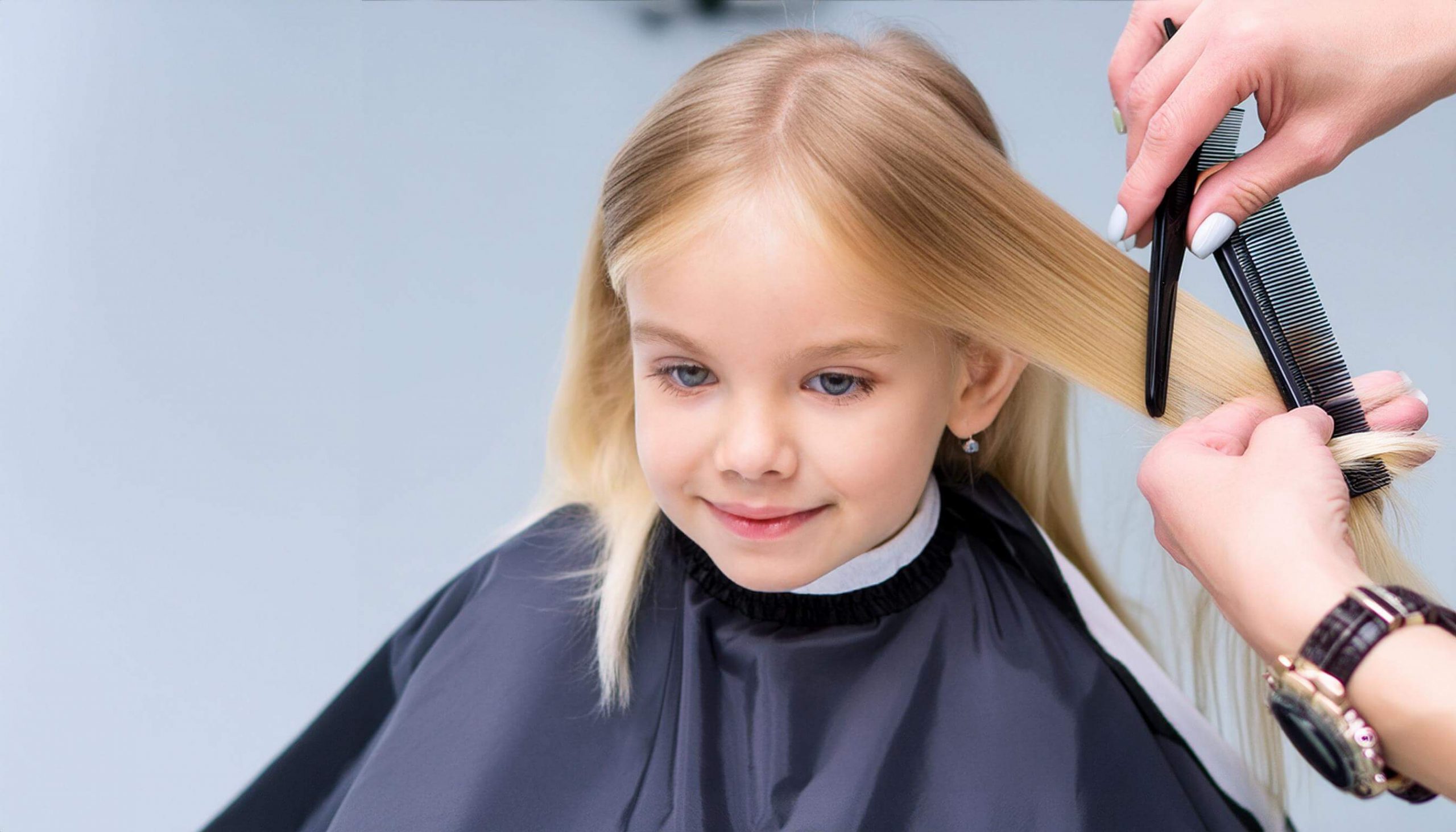Cutting a child’s hair can be a challenging task for any parent or caregiver. Especially, when the child has autism, the experience can be even more daunting. Autism can be diagnosed at any age, but it is typically identified in early childhood. The average age of diagnosis in the UK is around 4 years old.
Research says that Children with autism often experience sensory sensitivities, making certain activities, such as haircuts, overwhelming and distressing.
Understanding the unique needs of children with autism and implementing strategies that prioritise their comfort and emotional well-being are crucial.
According to the National Autistic Society, approximately 1 in 100 people in the UK are on the autism spectrum. This translates to around 700,000 individuals living with autism in the country.
In this blog, we will explore the autism hairdresser guide on the importance of empathy, share insightful statistics, and provide practical tips on how to cut a child’s hair with autism while fostering a positive and supportive environment.
Understanding Human Emotions
It is essential to acknowledge and empathise with the emotions that children with autism may experience during a haircut. Anxiety, fear, and sensory overload can be overwhelming for them. As caregivers, it is crucial to create a safe and understanding space where their emotions are validated and respected.
7 Tips for a Successful Haircut with Autism:
If you are searching for an autism-friendly hairdresser in Birmingham, then ensuring a few things can help you even more.
1. Preparation and Familiarisation:
Introduce the concept of a haircut gradually. Show them pictures, videos, or storybooks about haircuts to familiarise them with the process.
2. Choose the Right Environment:
Opt for a calm and quiet setting for the haircut to minimise distractions and sensory overload.
3. Sensory-Friendly Tools:
Use sensory-friendly tools such as noise-reducing headphones, soft brushes, or vibrating clippers to minimise discomfort.
4. Gradual Approach:
Start with small steps, such as snipping a few strands at a time, before progressing to a complete haircut. This helps build trust and reduces anxiety.
5. Visual Supports:
Implement visual schedules, social stories, or visual cues to provide a clear understanding of the haircutting process and what to expect.
6. Reinforcement and Rewards:
Offer praise, rewards, or preferred activities during and after the haircut as positive reinforcement for their cooperation and bravery.
7. Patience and Flexibility:
Recognize that each child is unique, and their needs may vary. Be patient, flexible, and adapt your approach to suit their individual preferences and comfort levels.
By and large,
Cutting a child’s hair with autism requires sensitivity, understanding, and a commitment to their emotional well-being. By creating a supportive and accommodating environment, using appropriate tools, and implementing strategies that acknowledge their sensory sensitivities, we can help children with autism embrace haircuts with greater ease. Remember, the key is to prioritise their comfort, build trust, and celebrate their achievements, ultimately nurturing their confidence and self-esteem.
If you are looking for an autism hair salon in Birmingham, then Kids Hair Play is the destination to fulfill all your haircut requirements.

